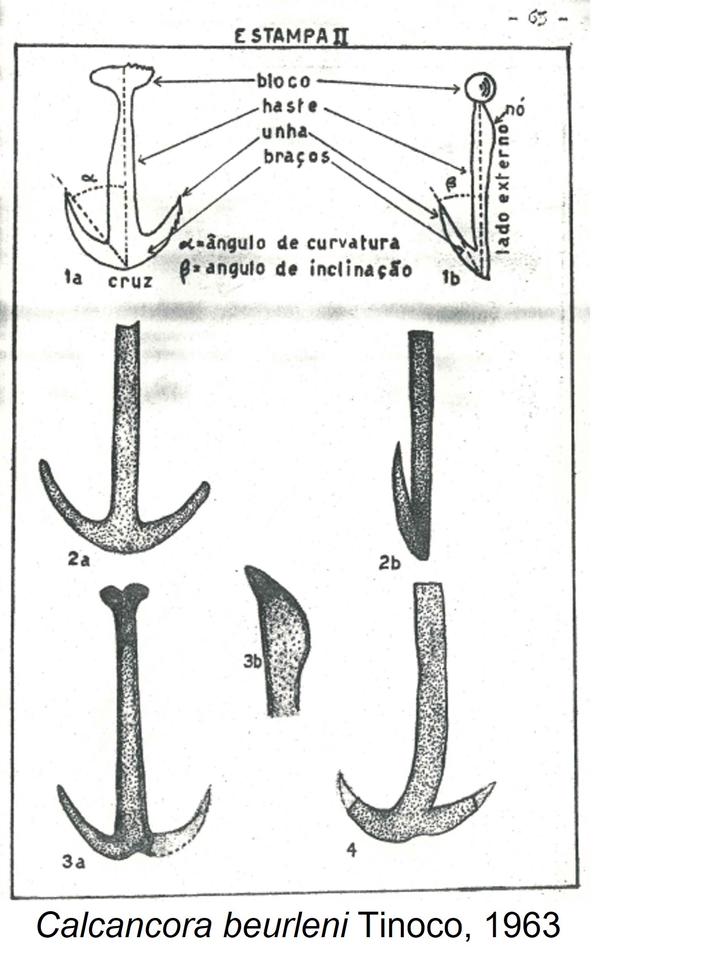Discovering the fossil record of Holothuroidea (Echinodermata) from Brazil

The phylum Echinodermata (sea urchins, sea stars, sea cucumbers) has been known for puzzling zoologists for centuries because of its diverse and unusual body plan, which lacks eyes, limbs, and other common metazoan features. The reduced skeletonization provided numerous ecological opportunities to holothuroids and they often are the most abundant echinoderms in various ecosystems. With over 1,700 living species distributed worldwide, holothuroids can be found from the littoral zone to the deep sea. Although some species live epifaunally, most species burrow in soft substrates. This strategy, only possible because of their soft body, allowed them to escape predation since early on?other echinoderms were only able to live infaunally during the Marine Mesozoic Revolution, about 250 million-years later. This project aims to improve our knowledge of the holothuroid fossil record by describing the systematic composition and morphology of Brazilian specimens. Grant Paleontological Society, Sepkoski Grants.